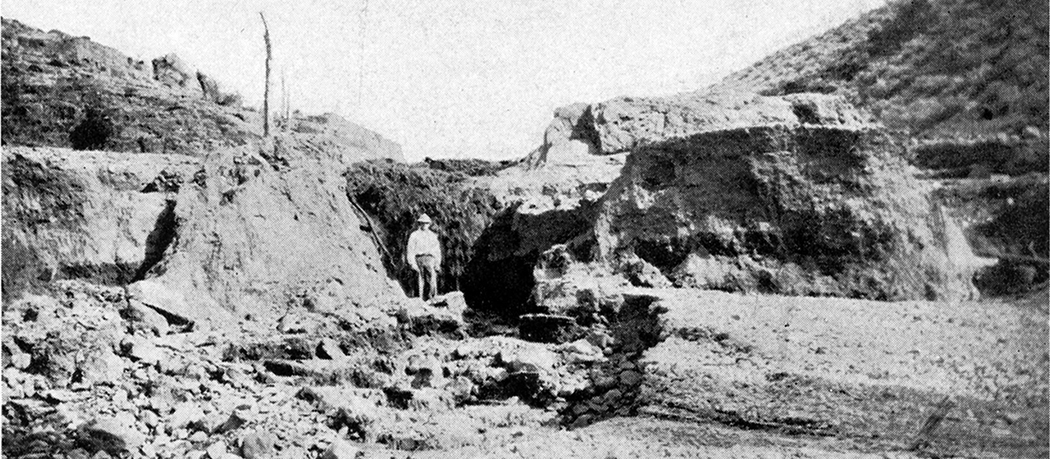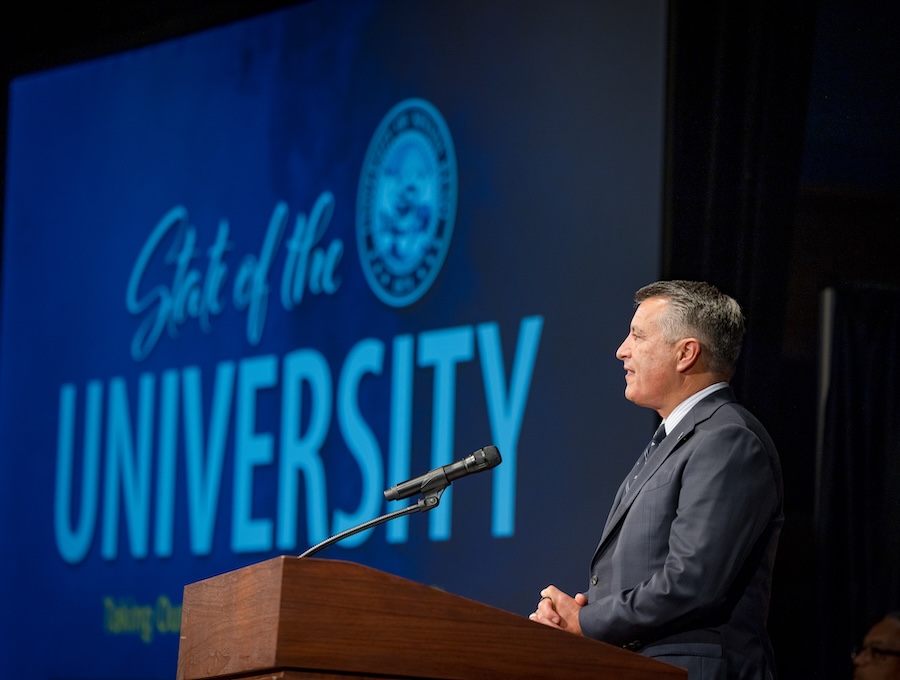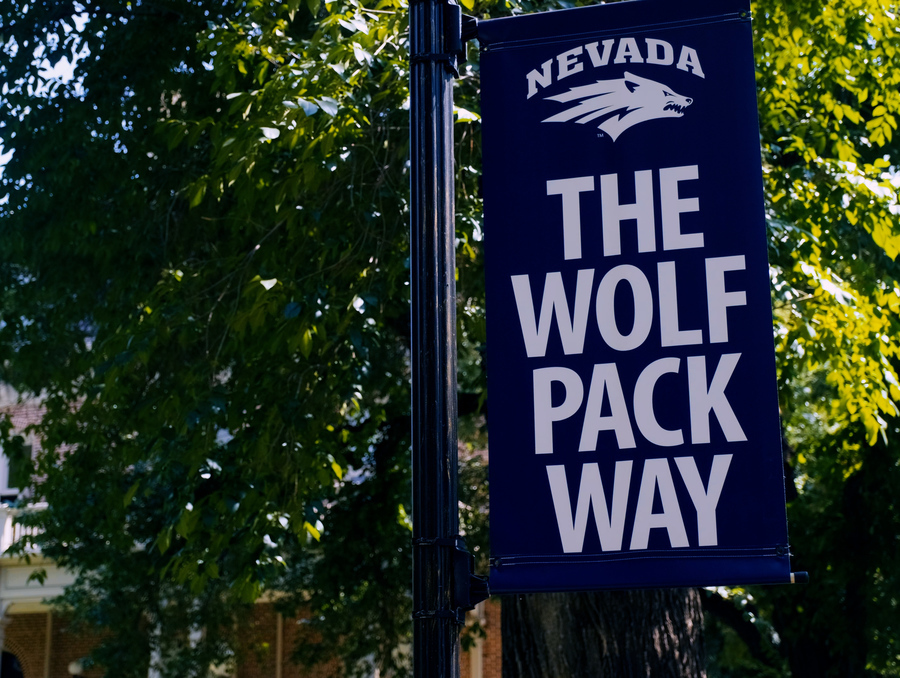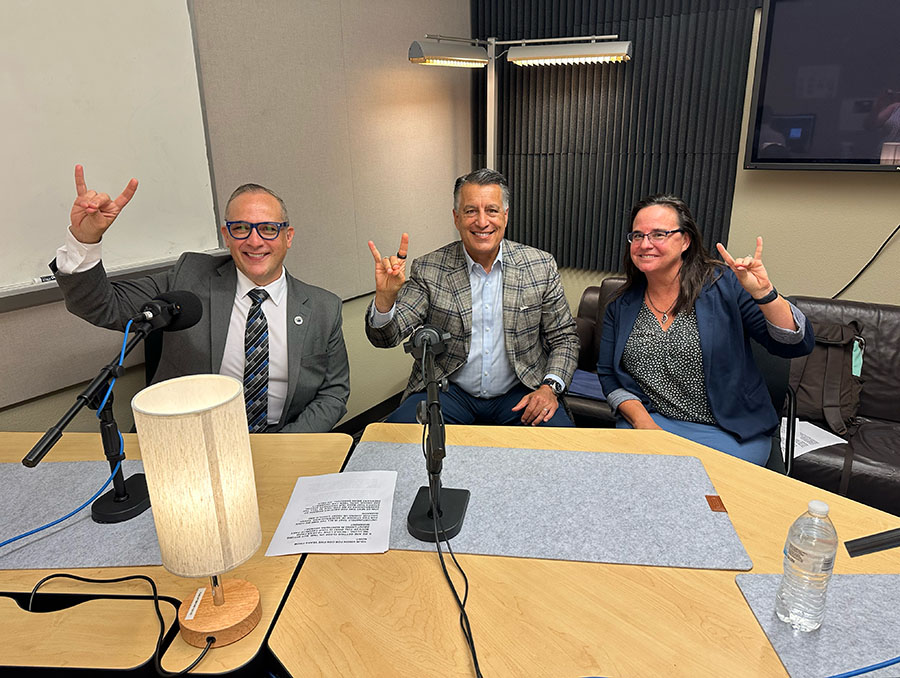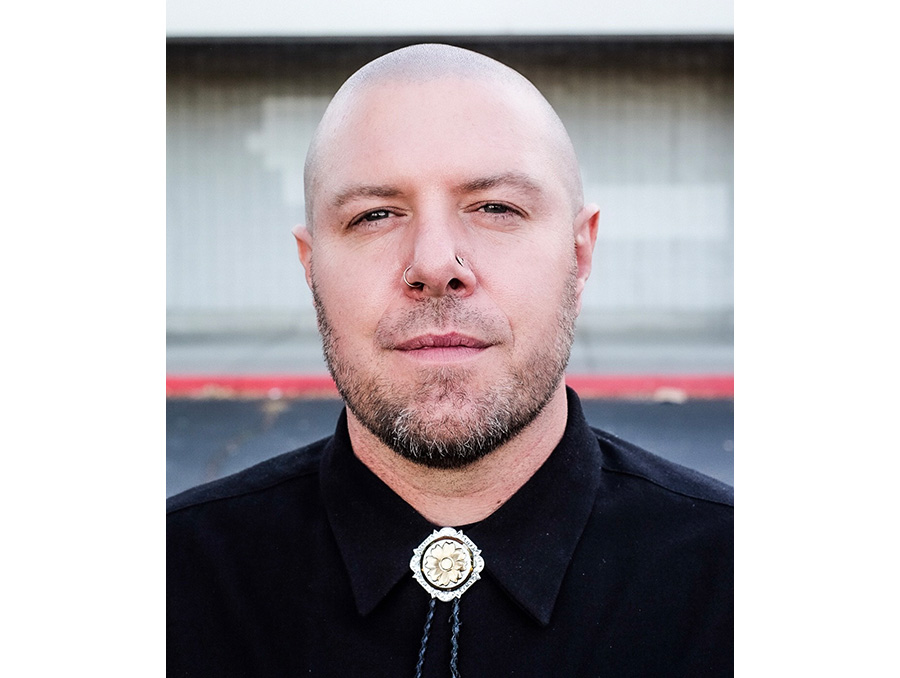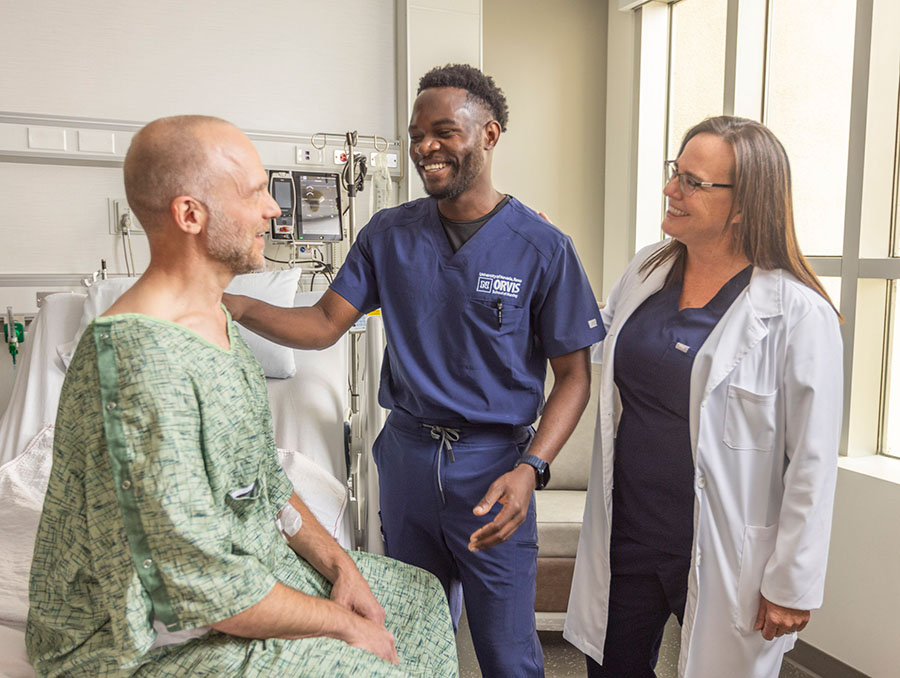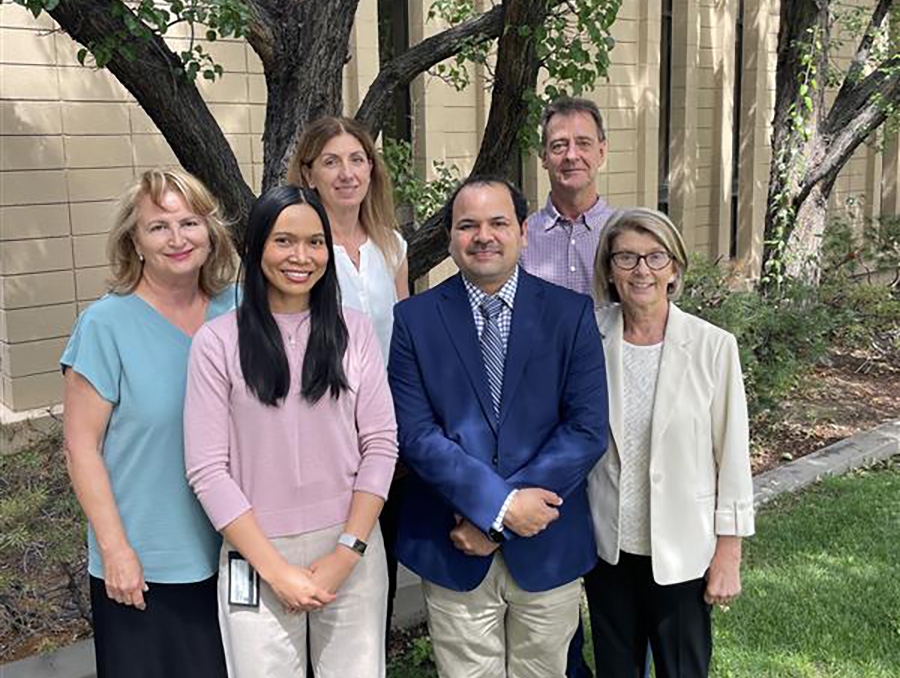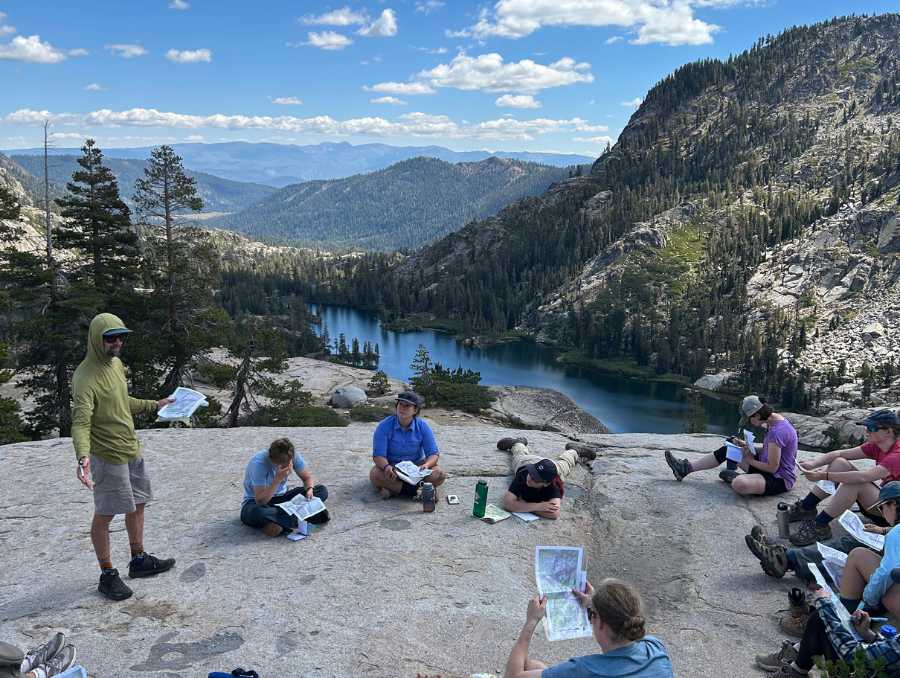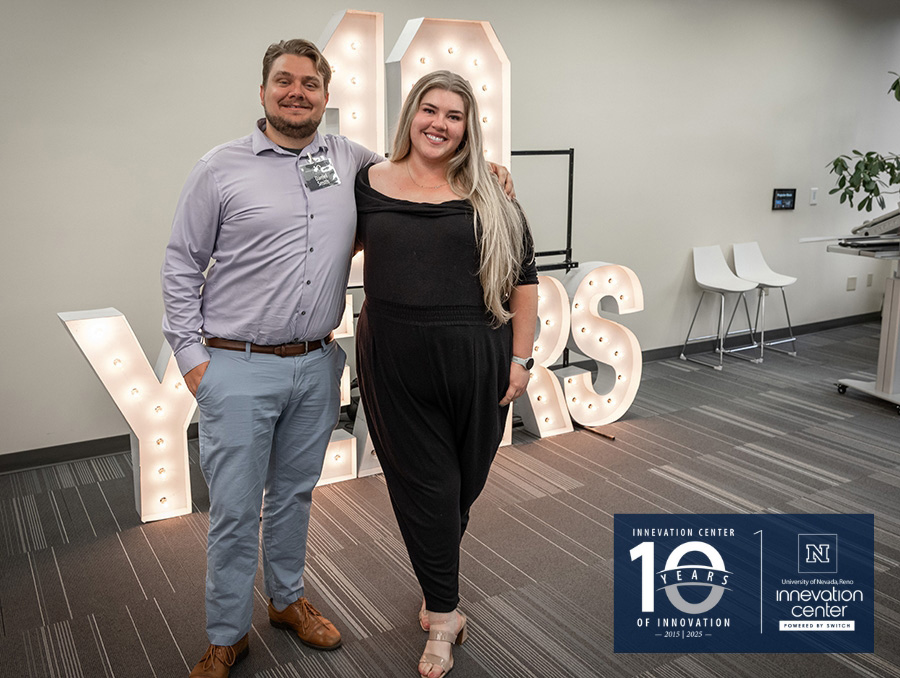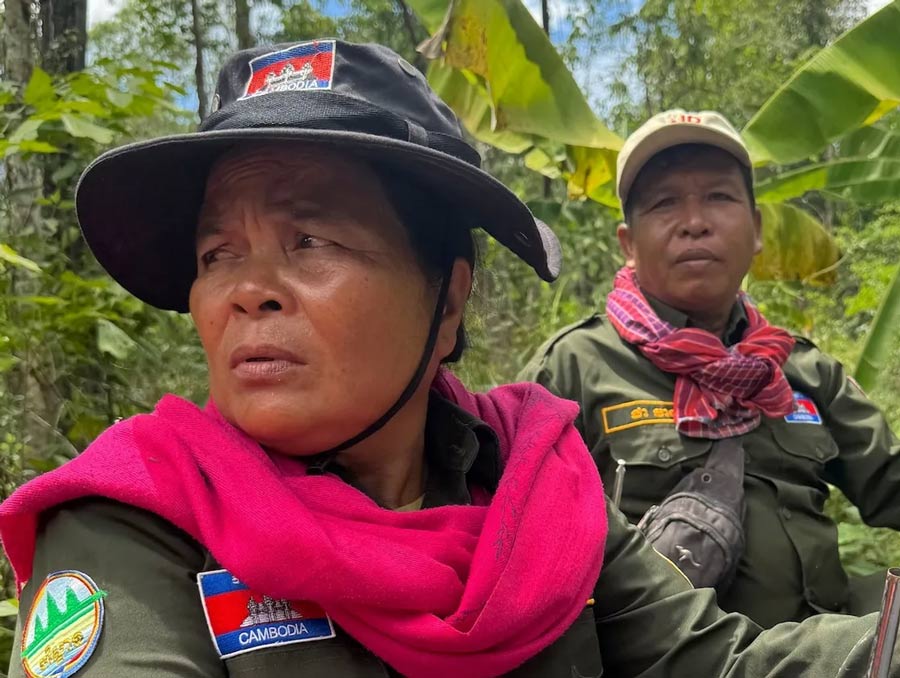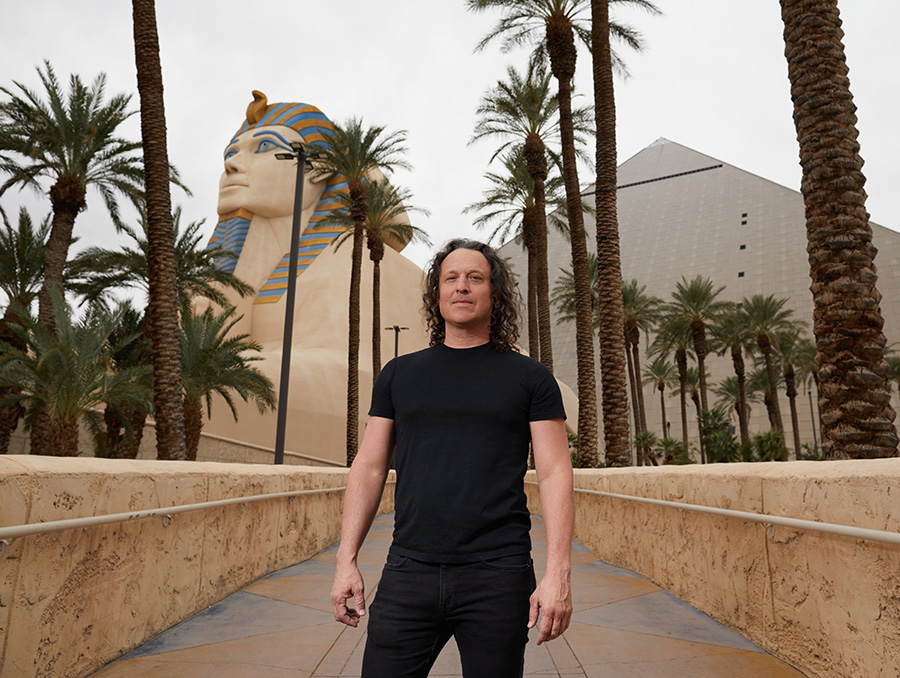People were "violently thrown out of bed and buffeted in all directions," according to an account by L. Roylance, who described Nevada's largest recorded earthquake. The event, centered in Pleasant Valley, about 50 miles south of Winnemucca, occurred on Oct. 2, 1915.
"The most devastating effects of the earthquake were to buildings on ranches in Pleasant Valley where total and partial collapses devastated some homes and barns," Craig dePolo, an earthquake geologist with the University of Nevada, Reno's Nevada Bureau of Mines and Geology, said. "It was felt throughout Nevada but the most damage was in Winnemucca, the closest town; with nearly half the chimneys damaged, walls collapsed and windows broken."
The Great Nevada Earthquake was magnitude 7.3 and left a 35-mile-long surface scar with a vertical offset as high as 19-feet in one area and numerous large cracks in the earth.
"The Pleasant Valley earthquake caused damage to multiple communities that were as far as 50 miles away," dePolo said. "This illustrates that large earthquakes cause widespread damage and can affect many communities at the same time."
"The centennial of the 1915 quake is an opportunity for Nevadans to reflect on earthquakes and earthquake safety. Nevadans need to take this large earthquake to heart. Earthquakes are not abstract concepts that can be ignored."
Nevada is the third most seismically active state in the country and people should be prepared for a large earthquake. A webpage with comprehensive information about the Great 1915 Nevada Earthquake has been created with reports, links and photos following the event.
"The timing of the centennial is coincides with the Great Nevada ShakeOut happening in October," dePolo said. "It's the perfect time to practice "Drop, Cover and Hold On."
The ShakeOut is a national public earthquake drill that occurs at 10:15 a.m. on Oct. 15. More than 560,000 Nevadans are already registered to participate.
DePolo said the 1915 earthquake was a scientific milestone, demonstrating that earthquake movement along faults created the mountains in Nevada's Basin and Range Province and that this process is active.
In 1915, professors from the University of Nevada, Reno and Stanford University studied and published information on the Pleasant Valley earthquake and the surface rupture. They also found evidence for paleo-earthquakes, ancient earthquakes thousands of years old, of similar size in older fault structures along the rupture.
"Professor J. Claude Jones, of the University of Nevada, was a great scientist and early seismologist who began the tradition of earthquake research at Nevada universities," dePolo said.
Jones wrote a lengthy article for the "Bulletin of the Seismological Society" that details the accounts, science and effects of the earthquake, including the unusual strong foreshocks that shook the region. Reports of water levels changing in creeks and rivers included one as far away as the Feather River in Portola, California, which was reported to have risen 10 inches and maintained that flow for several days. New streams came to life in a 50-mile radius of the quake's epicenter while a spring in Carson City dried up. Jones reported in his article that nearly every seismograph in the country recorded the earthquake.
"We get three magnitude 7 earthquakes about every century," Graham Kent, director of the University's Nevada Seismological Laboratory, said. "It's been about 60 years since one of those has happened."
Twenty-three earthquakes of magnitude 6 or greater have occurred in Nevada since 1857. There have been several earthquake swarms of note lately, and the Wells earthquake in 2007 that caused damage, however, residents have not seen the devastation a 7-plus event could cause.
Centennial Earthquake Field Trip
A free, half-day field trip to Pleasant Valley and the 1915 fault rupture is on Saturday, Oct. 3. Described by dePolo as a "great chance to see the geological impacts caused by a large earthquake," the trip will start with a short overview talk in Winnemucca followed by a vehicle caravan with two stops in the earthquake area.
The first stop will be a lunch stop along the front range to view fault scarps and hear about the geology and history of the area. The second stop will be at the fault scarp where it crosses Golconda Canyon, where an 11-foot high offset can be viewed. In Jones' published paper, it was reported that in Golconda, adobe buildings were cracked, merchandise was thrown to the floor and the approach to the bridge for the Southern Pacific railroad sank five inches.
"At this stop, we will talk about the earthquake, the fault scarp, shaking effects, and the history of the town of Kennedy. For those interested, we will take a short walk along the fault scarp to see the different ways it ruptured the ground and see evidence of paleo earthquakes," dePolo said.
The 200-plus mile round trip is to an area where there are no services, including no cell phone services. Attendees are asked to car pool as much as possible. Much of the trip is on gravel roads. The trip will be limited to the first 80 people who sign up. A guide book will be available on the 1915 earthquake centennial web page for those interested in making the trip on their own.
The Centennial webpages have more information on the field trip and detailed information about the 1915 earthquake.
For more information and to register, visit the Great Nevada ShakeOut.
